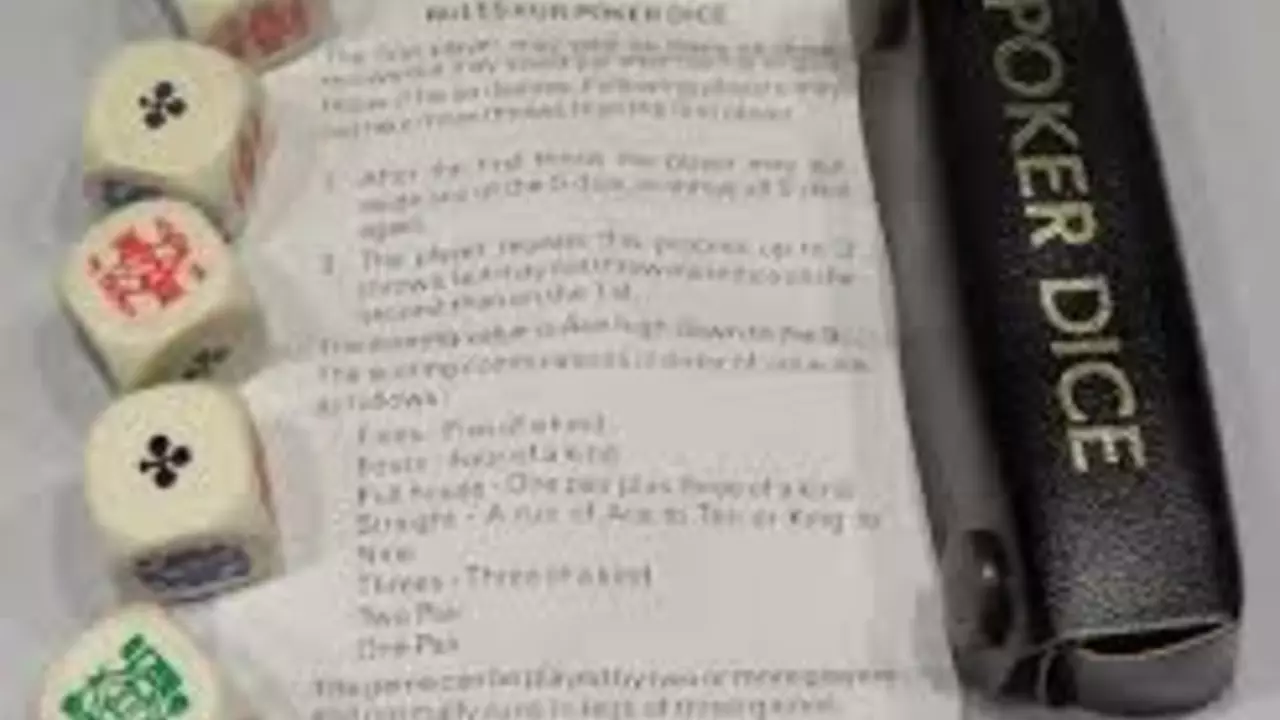Diving into the Basics of Poker Chips Distribution
If I remember correctly, one fine day, I stumbled upon poker, and my life changed forever. Poker is not just about shuffling the cards and hoping for the best. It's a game that engages your mind, your strategies, and your riveting interpretations of your opponents' moves. And of course, it's a roller-coaster ride of excitement when you're sitting with a confident poker face, even though your heart jumps around like a jumping jack. But none of this exciting game can come into play if we don't properly distribute our dandy companions, the poker chips. "How many poker chips do you actually get per person?" If I had a nickel every time someone asked me this, my pockets would jingle like Christmas bells.
Making Sense of Poker Chip Colours and Their Count
To address the million-dollar (or should I say, million-chip) query, let me paint a colorful picture. Poker chips are the rainbow of the poker world. We have red, blue, green, white, black chips and every color represents a different value. This system, my friends, is consistent worldwide and here's the breakdown: white chips are worth $1, reds go for $5, blues fetch you $10, and so forth. So, basically, each color is there to make sure that there’s a palpable difference between chip values to maintain the flow and integrity of the game. Fascinating, isn't it?
Setting the Stage: Chip Distribution 101
So, when it comes to the number of chips, it's a bit like going to the grocery store. The quantity depends on your requirements. You're not going to buy fifteen cartons of milk if you're lactose intolerant, would you? But let’s keep milk and cookies aside, and talk about poker chips distribution. My experience says a good starting point for each player is to have around 50 to 100 chips. But here’s the catch–it’s not just about the quantity. It’s about the right mix too. For example, a nice mix could be 20 red chips, 30 white chips and 50 blue chips per player. And that's how you set the stage!
The Influence of Different Poker Game Styles
Now remember, life may have a one-size-fits-all pair of pants, but with poker: not all games are the same. The nature of the game dictates how you choose to distribute the chips. In a casual home game, you might opt for a simple distribution like white chips as $10, reds as $20, blues as $30, and so on. But in tournaments, you often start off with a large number of lower-value chips, gradually replaced by higher-value chips as the game progresses. Kinda like playing a video game, where you start with basic ammunition and upgrade with each level!
Getting More Tactical: Chip Distribution According to Game Length
Let's dive deeper. The breadth of poker chip distribution also depends on how long you want your game to last. Wish for a night brimming with laughter, cold beers, and meaningful camaraderie? The trick is to provide each player with a larger number of chips. The game goes longer, and the fun goes up a notch. However, if you are aiming for a quick, competitive game, reduce the starting chips to keep the game short and sweet. Theoretically, it's like giving everyone a smaller piece of cake, but the party ends earlier. Now, would you be the party-animal friend or the sleep-loving buddy?
Factoring in the Rebuys and Add-ons
Imagine this: you're enjoying the game, but suddenly, your fortune betrays you. Your chips are depleting faster than a tub of popcorn in a movie theatre. In this case, rebuys and add-ons are your superheroes without capes. Rebuys allow you to purchase more chips during the game, and add-ons enable you to buy more chips, but only once, at a specific point in the tournament. When it comes to rebuys and add-ons, the ideal chip count is generally around double the original stack to keep the game going and keep the spirit high. Remember to factor these in when planning your chip distribution strategy!
Key Takeaways and Closing Thoughts
So, there you have it, folks! The real answer to "How many poker chips do you get per person?" is analogous to “How many ingredients do you need to cook dinner?”. To put it simply, it completely depends on how long you want to play, what type of game you're running, and the number of players involved. But as a rule of thumb–a mix of 20 red chips, 30 white chips, and 50 blue chips per player serves as a good starting point for a thrilling night of poker. Happy gaming!
